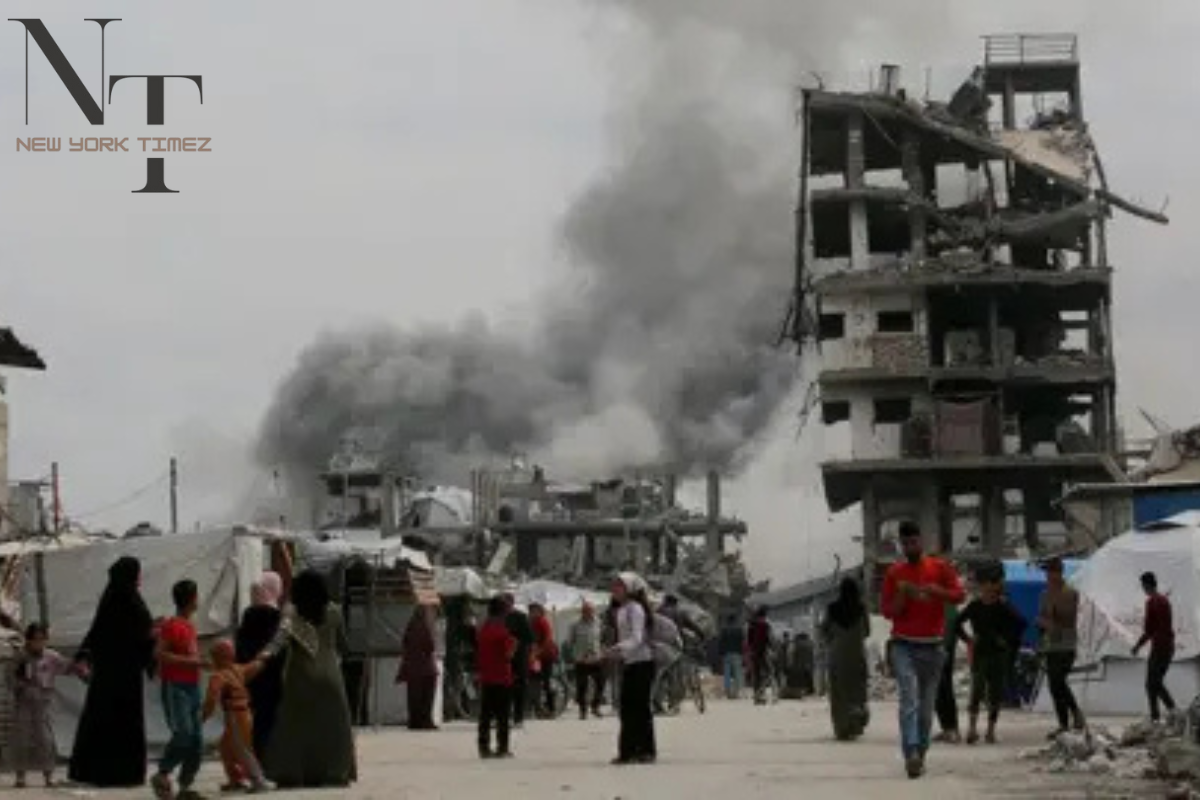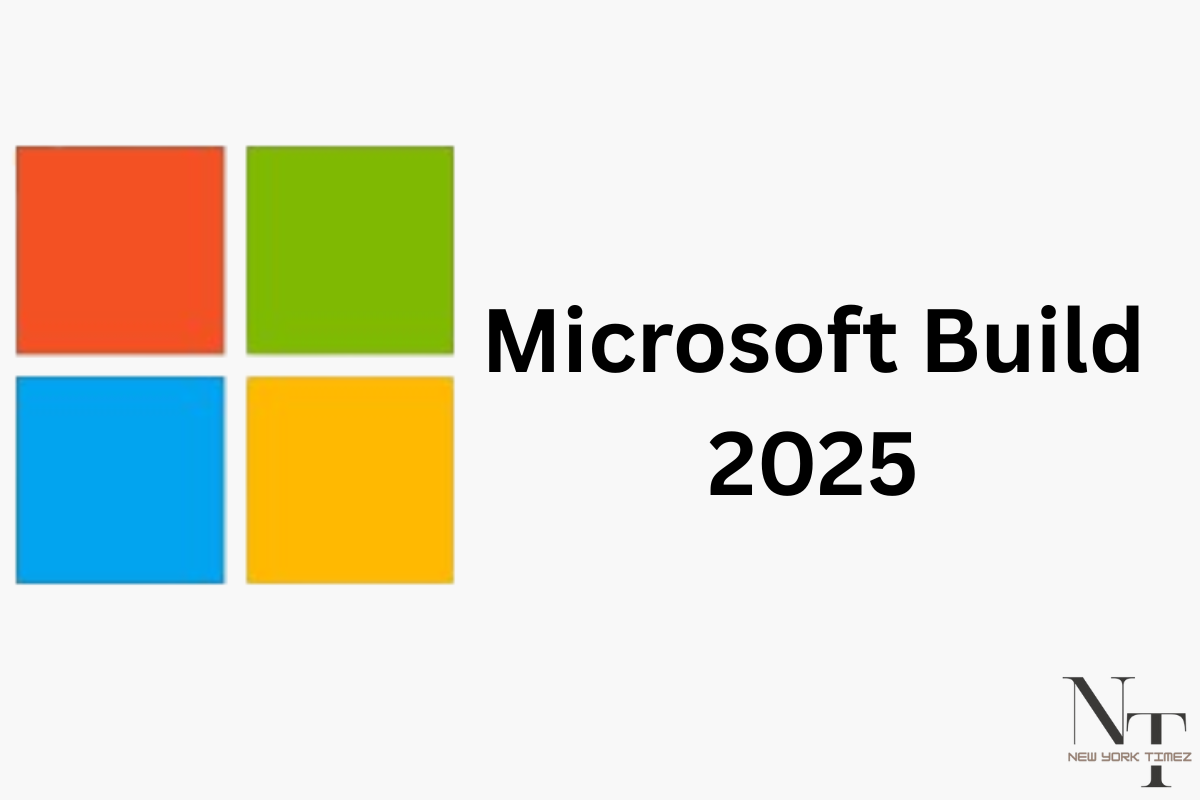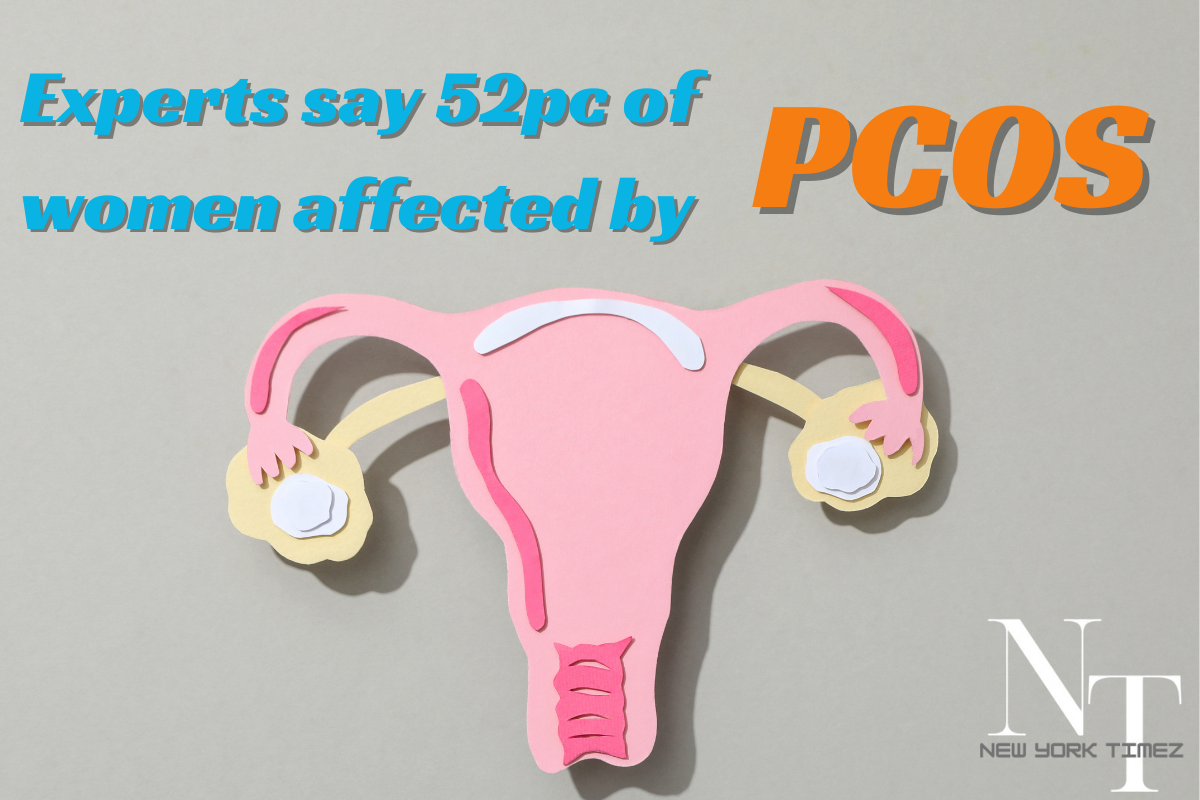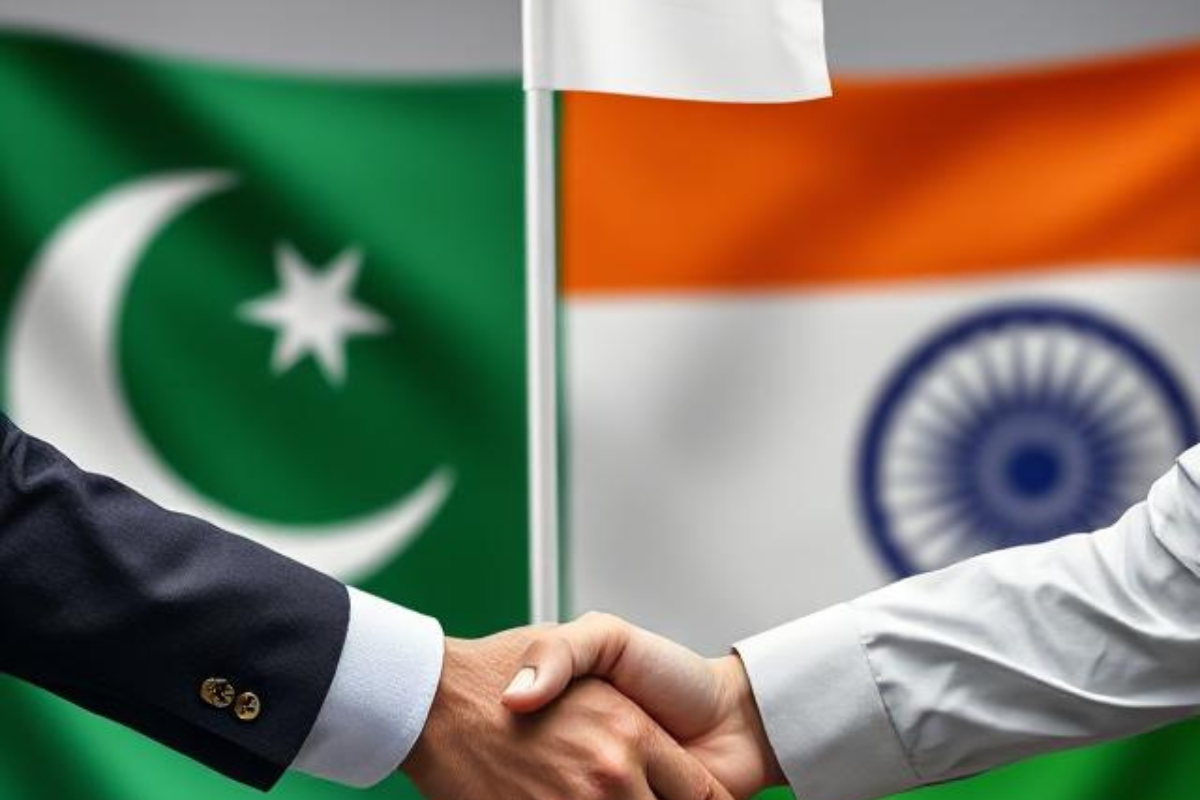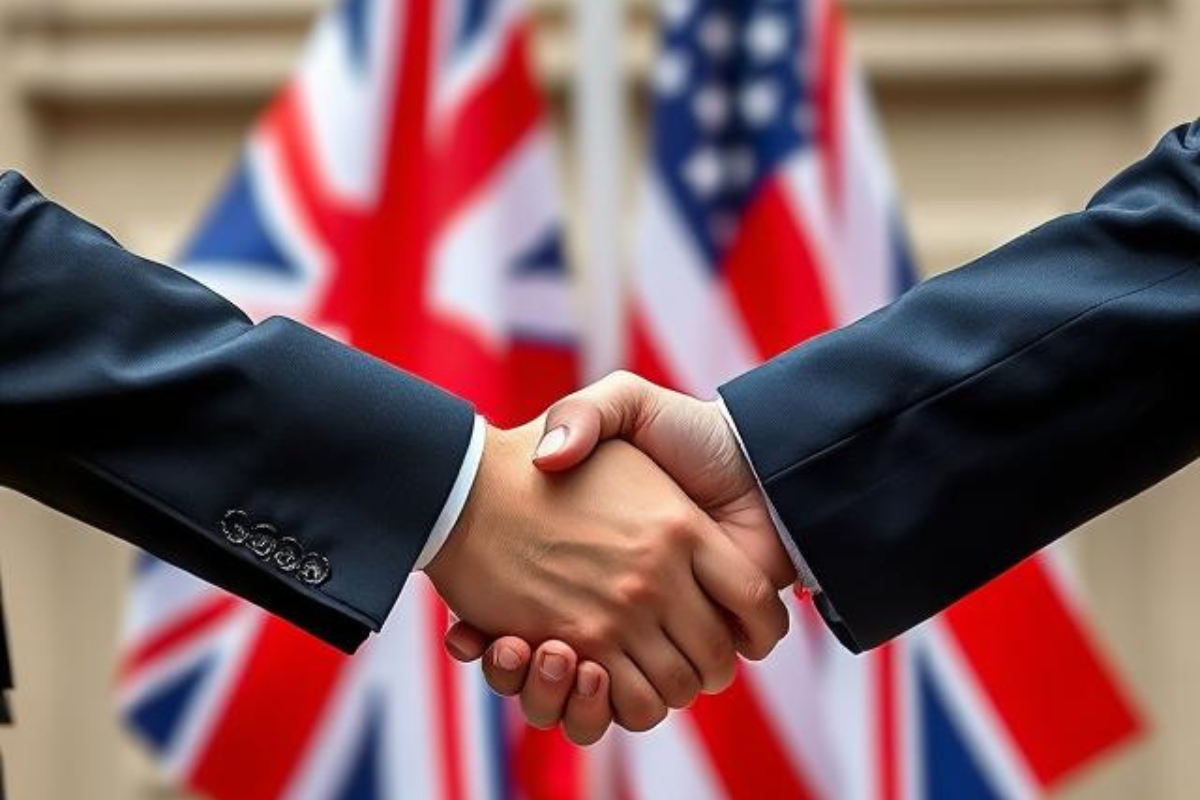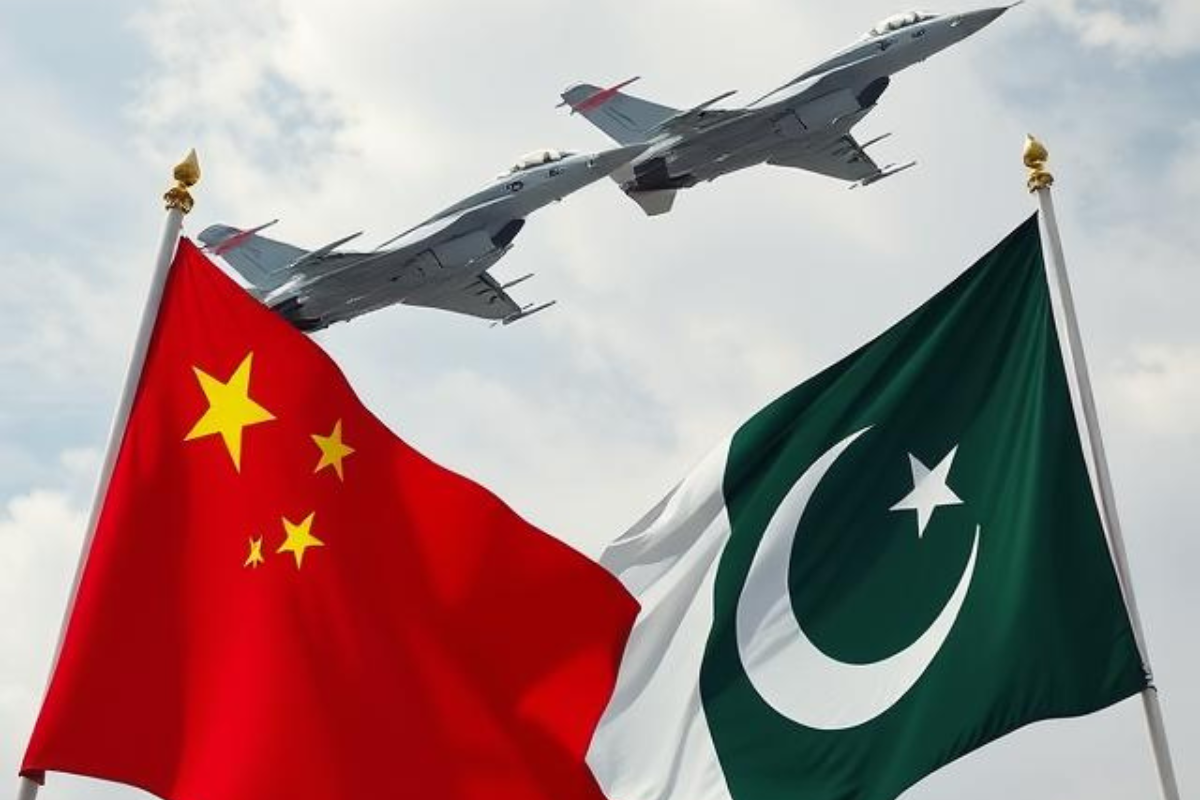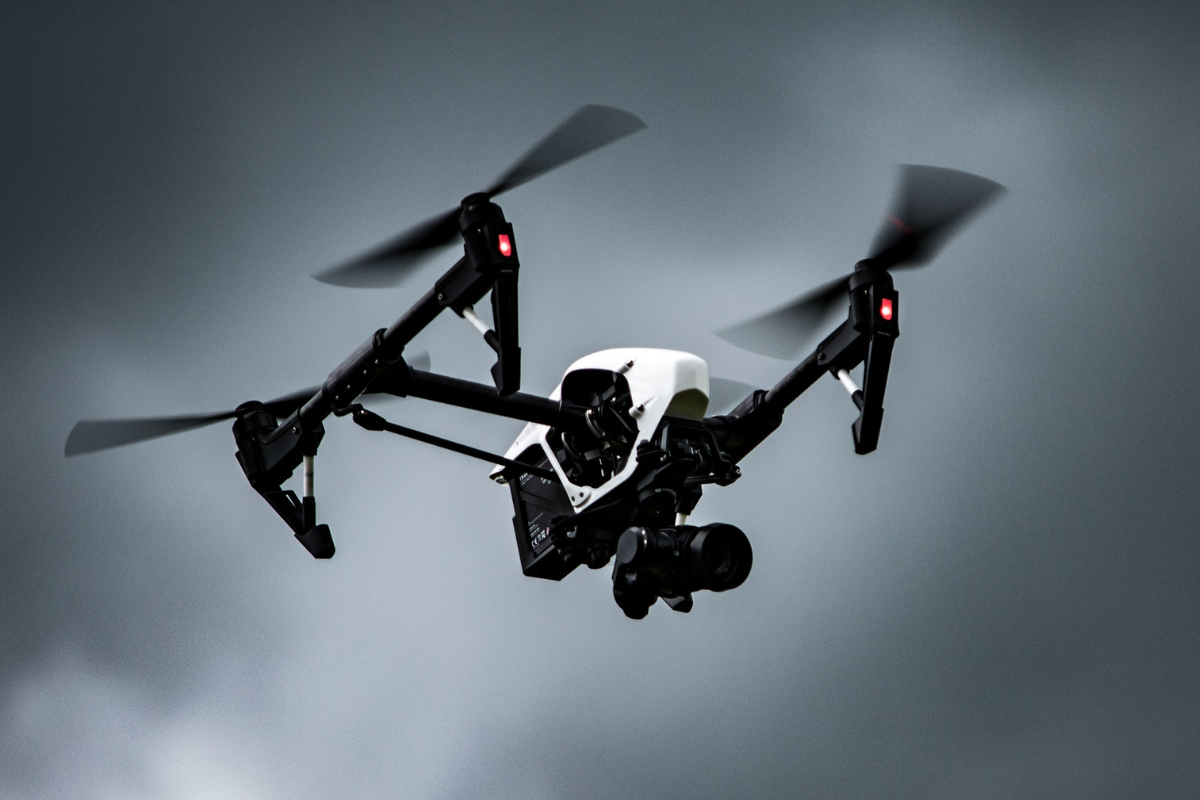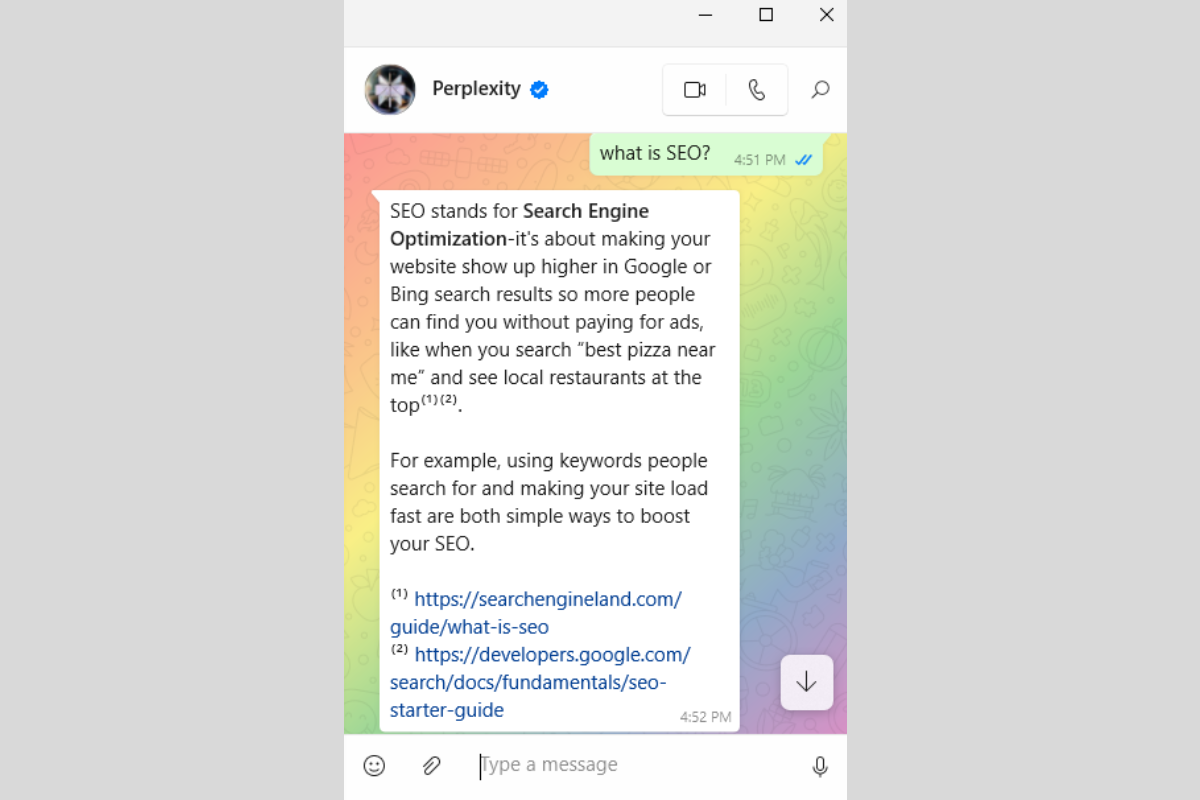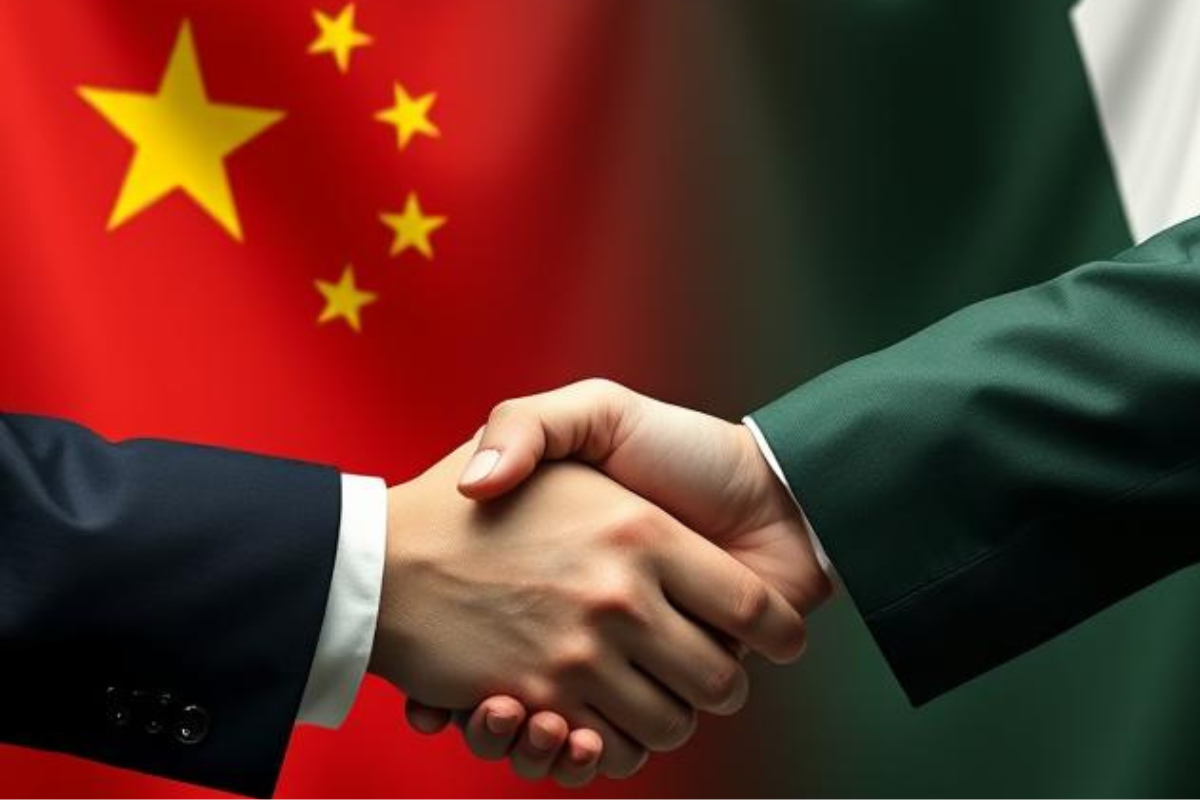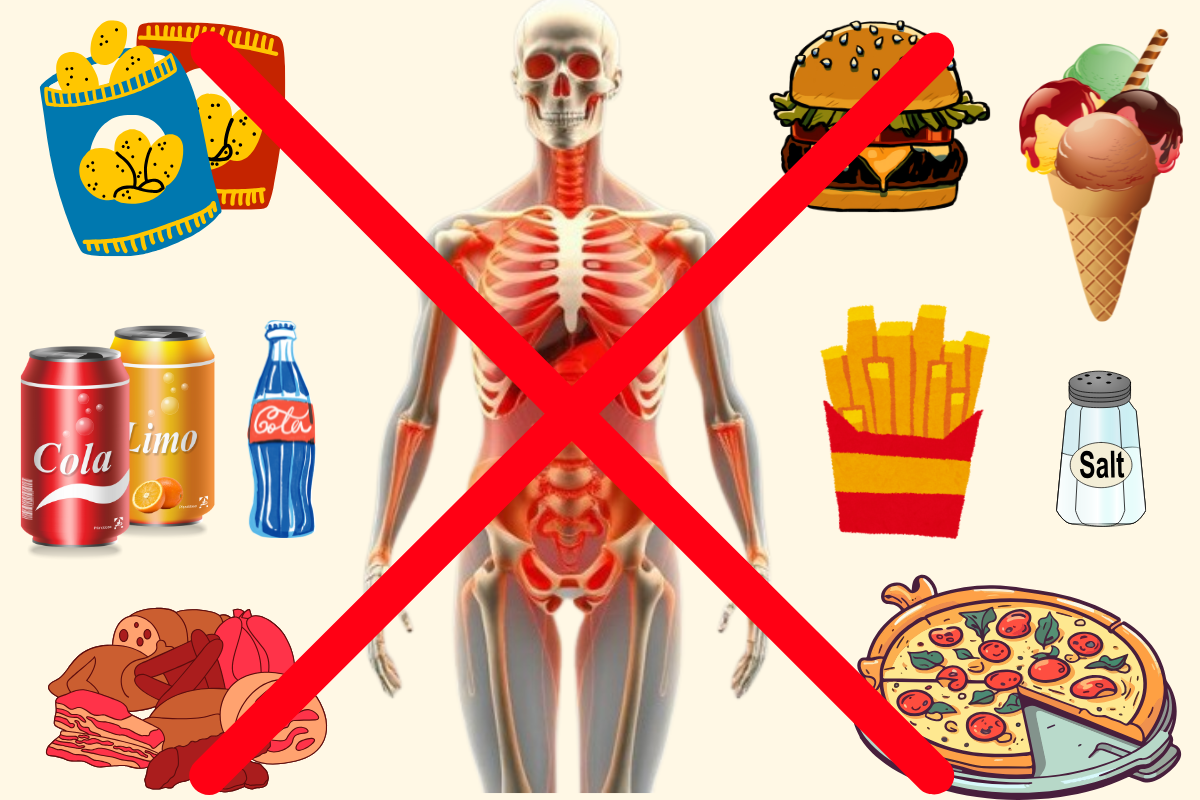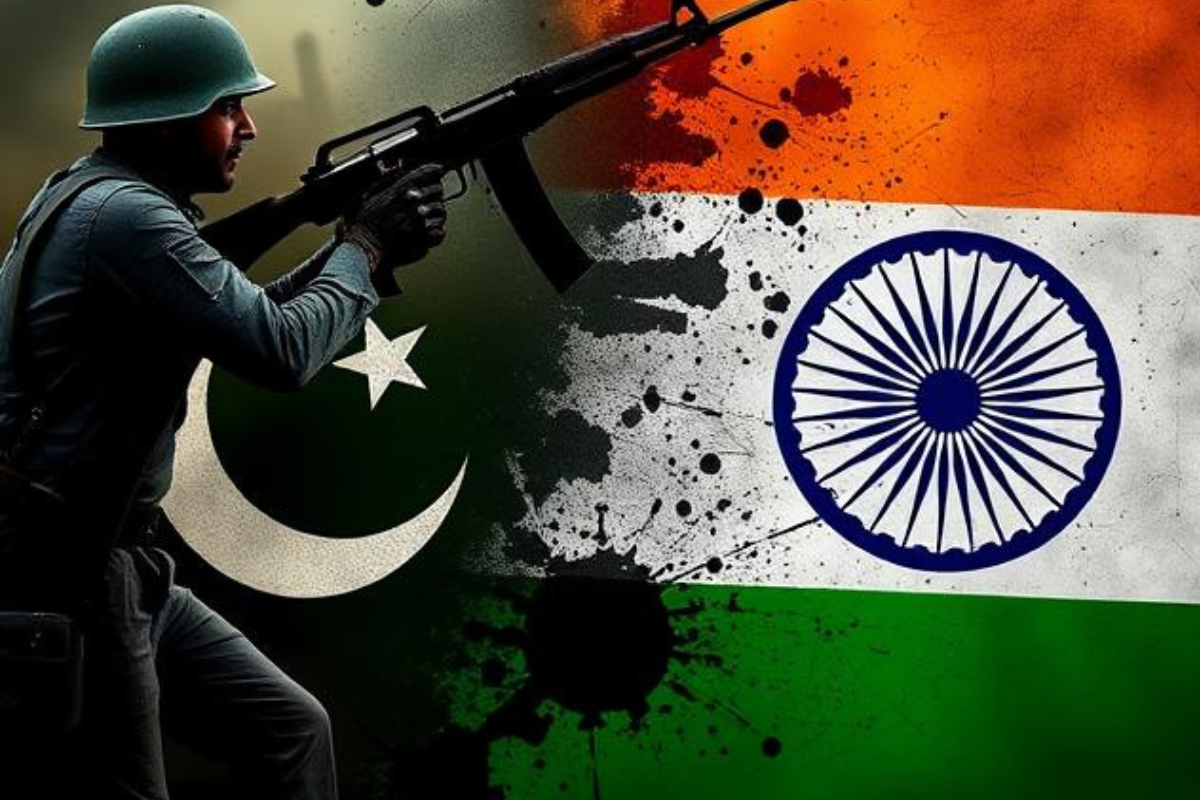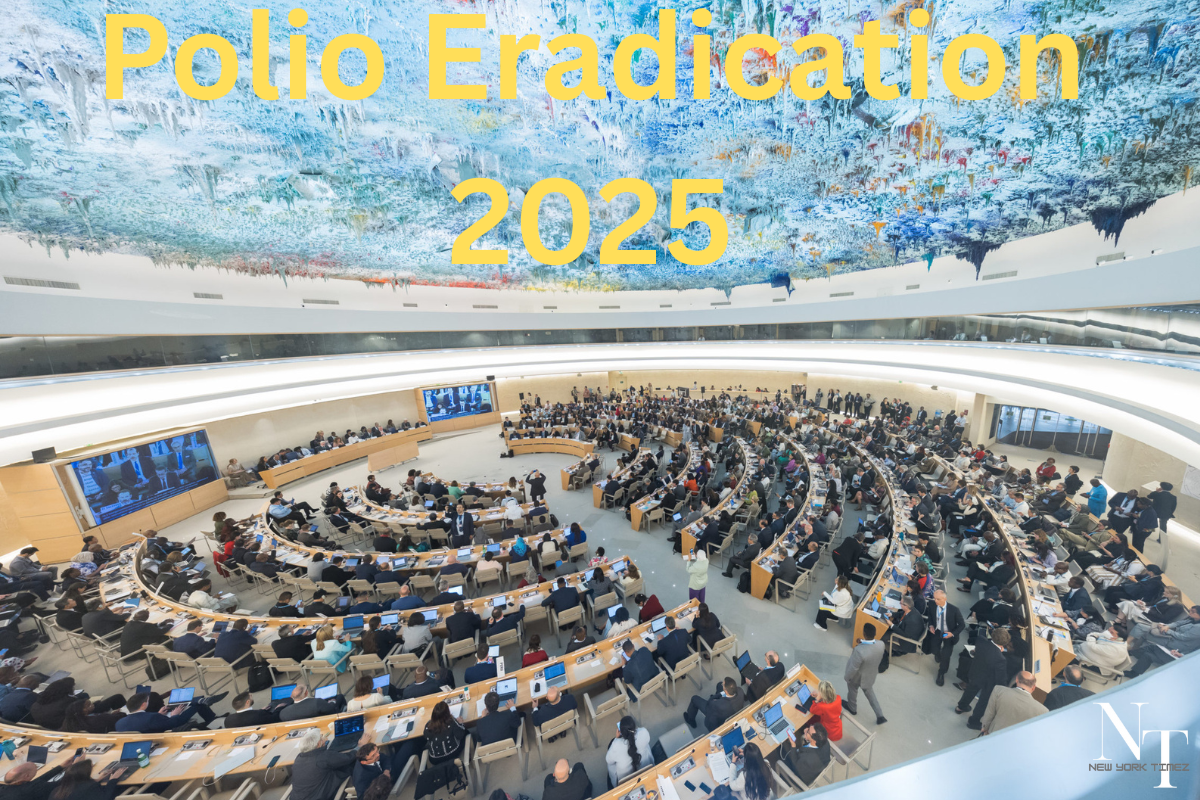
A Critical Moment for Global Public Health: Polio Eradication at the 2025 World Health Assembly
In a time marked by geopolitical instability, economic pressures, and widespread humanitarian crises, global public health is at a crossroads. At the 2025 World Health Assembly (WHA) in Geneva, polio eradication emerged once again as a central focus — signaling both the progress made and the challenges that remain. As delegates discussed health threats across the world, the urgent need to complete the mission of global polio eradication took center stage.
Global Commitment to Eradication
During the Assembly, WHO Member States reaffirmed their shared commitment to a polio-free world. Delegates praised the work of the World Health Organization (WHO), the Global Polio Eradication Initiative (GPEI), and partners like Rotary International. They emphasized that while the world is closer than ever to eradication, challenges remain that must be addressed with urgency.
Particular attention was drawn to ongoing wild poliovirus transmission in Afghanistan and Pakistan. Delegates stressed the importance of maintaining high-quality immunization campaigns, closing immunity gaps, and preparing for the eventual cessation of oral polio vaccine use. Also highlighted were the needs for integrating polio-related infrastructure into national health systems and improving containment measures in research and manufacturing facilities.
Rotary International’s Call to Action
Rotary International, a founding partner of GPEI, played a leading role at the Assembly. Judith Diment MBE, Chair of Rotary’s Polio Eradication Advocacy Committee, urged nations to sustain both political and financial support. Diment stressed the risk of backsliding at this late stage and called on the international community to stay “resourceful, resilient, and resolved.”
Rotary’s long-standing involvement, including volunteerism and funding, continues to inspire governments and organizations to push forward. Their message was clear: faltering now could allow the virus to regain a foothold and undo decades of progress.
You Will Love To Read:- Experts say 52pc of women affected by PCOS
Progress and Setbacks in the WHO African Region
Encouraging trends emerged from the WHO African Region. The number of circulating variant poliovirus cases globally dropped from 529 in 2023 to 312 in 2024. So far in 2025, only 52 cases have been reported. African countries, where the majority of variant cases occur, have made strong progress. In the first quarter of 2025 alone, ten African nations vaccinated nearly 54 million children.
A key milestone was the closure of the variant poliovirus type 1 outbreak in Madagascar. This accomplishment was widely praised and underscored the effectiveness of national leadership, community engagement, and regional cooperation.
Nevertheless, the Lake Chad Basin remains a challenging area. The region faces persistent barriers such as armed conflict, inaccessible populations, cross-border movement, and climate disruption — all of which hamper vaccination efforts. The virus continues to circulate among under-immunized populations in Nigeria, Chad, Cameroon, and surrounding countries. Delegates at the WHA agreed that a coordinated, cross-border response is critical to stopping outbreaks in these high-risk areas.
Endemic Frontline: Afghanistan and Pakistan
Afghanistan and Pakistan remain the only countries where wild poliovirus is still endemic. Alarmingly, cases increased in 2024 — Pakistan reported 74 and Afghanistan 25, up from just 6 cases each in 2023. Despite setbacks, both countries have intensified vaccination efforts using novel approaches and improved surveillance.
WHO and its partners emphasized the need to double down in 2025. The fragile progress made could be reversed without unwavering commitment and adaptable strategies tailored to local challenges, including political instability, vaccine hesitancy, and access issues.
Gaza and the Horn of Africa: Emergency Interventions
The occupied Palestinian territory, particularly Gaza, was another focal point. Despite no new cases since 2024, the risk of resurgence remains due to the ongoing humanitarian crisis. WHO, in collaboration with local partners, successfully negotiated a temporary humanitarian pause to vaccinate over 560,000 children. This was a critical step in protecting children under extreme conditions. Member States called for sustained humanitarian access and ceasefire agreements to allow future campaigns.
Meanwhile, momentum surged in the Horn of Africa. Ministers from Djibouti, Ethiopia, Kenya, Somalia, South Sudan, and Yemen reaffirmed their pledge to eliminate polio from the region. The renewed political will, backed by regional collaboration and WHO support, offers hope for stopping the long-running variant poliovirus outbreaks in this vulnerable region.
Planning for a Post-Polio World
Beyond eradication, the WHA also focused on the future: What comes after polio? Member States discussed how to transition critical polio infrastructure — such as trained personnel, laboratories, and surveillance networks — into broader health systems. With global health funding under strain, there’s an urgent need to repurpose these resources for long-term benefit.
Delegates emphasized that a successful transition would ensure the gains from polio eradication are not lost. Countries were urged to adopt updated post-certification strategies, build resilient primary health care systems, and integrate immunization services into national frameworks.
WHA Side Events Spotlight Disease Resurgence
Polio was also featured prominently at several WHA side events. One such event explored how investments and innovations could address the resurgence of other diseases like measles and cholera. Experts highlighted tools such as electronic immunization registries, wastewater surveillance, and digital modeling as crucial for outbreak preparedness and early detection.
Another high-level session, attended by leaders from the malaria, meningitis, and polio programs, showcased the benefits of integrated disease campaigns. These joint efforts are proving essential in fragile, high-risk settings where access to healthcare is limited.
Recognizing Global Health Leadership
In a celebratory moment, Professor Helen Rees of South Africa received the WHO’s prestigious Dr. Lee Jong-wook Memorial Public Health Prize. Her decades of service in infectious disease control, vaccine policy, and international health advocacy were lauded by Assembly attendees, reflecting the global recognition of leadership in public health.
Looking Ahead: Financing the Final Stretch
As the WHA concluded, a clear consensus emerged: the world is closer than ever to polio eradication — but the final stretch demands resilient funding and unwavering resolve. Stakeholders were encouraged to explore innovative financing strategies such as debt swaps, pooled investments, and integration into broader health financing systems.
This diversified approach is essential to keep operations running in high-risk areas and ensure long-term sustainability. With the end in sight, stakeholders stressed that now is not the time for complacency.
Conclusion: The Final Push
Polio eradication is within reach — a rare opportunity in global health history. However, it will not happen automatically. It requires steadfast commitment, creative financing, strategic partnerships, and the political will to finish the job.
As the 2025 World Health Assembly made clear, the world must stay the course. This is a decisive moment — and one that will define public health for generations to come.

